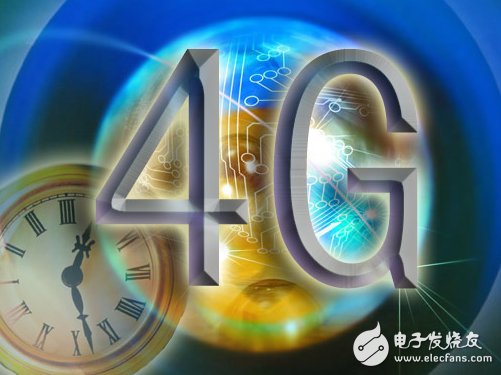The most striking thing about the World Mobile Communications Conference (MWC 2014) is that mobile smart terminals are booming; 4G LTE is leaping globally. At the same time, "China Power" has become the top priority of this MWC, and China's 4G development has attracted global attention. Fusion into 4G winning key How to make 4G bigger and stronger? The consensus in the industry is that under the unified standard of LTE, the common integration of FDD and TDD modes is the key to the development of 4G. Regarding the common integration of FDD and TDD, Mr. Alan Hadden of GSA (Chairman of Global Mobile Equipment Suppliers Association) said: "Because LTE is a global unified, universal standard, network deployment and user terminal manufacturing of LTE FDD and TDD can greatly benefit from LTE's global economies of scale." As we all know, a more unified standard will support the rapid development of 4G LTE. As the latest report from Strategy AnalyTIcs, a market research and consulting organization, “LTE TDD and FDD systems share the same network architecture and protocol stack, and the key technologies and core processes of the physical layer are exactly the same. At the beginning of LTE design. 3GPP will realize a single air interface technology supporting both FDD and TDD as a very clear system requirement of LTE, and hope to provide greater economic scale for both duplex systems." The report said: "Converged LTE TDD and FDD is becoming a booster for data rates and network capacity, and unified standards are providing a solid foundation for LTE's global economy." It is noteworthy that the GSMA (Global System for Mobile Communications) awarded the 2014 GSMA Presidential Award to Dr. Paul Jacobs, Chairman and CEO of Qualcomm during the MWC. The GSMA also emphasized "LTE standard convergence" in the awards. Regarding the common integration, during the MWC, Yang Xikai, president of Ericsson Northeast Asia, said in an interview with the media: "If China's 4G market wants to achieve greater success, it must focus on global standards and establish a more complete ecosystem." Emphasize that Ericsson has provided support for several practical “fusion†cases around the world. Future: LTE Cat.6, LTE Broadcast, LTE Direct At the MWC, some leading vendors such as Qualcomm, Ericsson and Huawei have demonstrated their LTE Cat.6 solutions. For example, Qualcomm cooperated with Samsung, SK Telecom and KT to complete the live demonstration of the world's first LTE Advanced Category 6 connection via Samsung Galaxy Note 3 smartphone. The Samsung Galaxy Note 3 smartphone used in this demonstration was specially modified for the demonstration, using Qualcomm's industry-leading technologies, including the Qualcomm Snapdragon 805 processor and the Gobi 9x35 modem. The Qualcomm Gobi 9x35 is the first 20nm-based cellular modem to support a global carrier aggregation deployment of up to 40MHz on LTE TDD and FDD Cat.6 networks with download rates up to 300Mbps. And LTE Broadcast has come to us. LTE Broadcast is similar to traditional broadcast TV, but more complex, it can deliver more content and services to mobile end users and effectively utilize LTE networks. Before the Spring Festival, KT launched the world's first LTE Broadcast (eMBMS) commercial service, transmitting mobile TV content to its Samsung Galaxy Note 3 users, users do not need to pay for data. This business is based on Qualcomm's LTE-B solution. At the same time, Qualcomm also announced the addition of Qualcomm Snapdragon 610 and 615 chipsets for high-end mobile computing terminals, supporting new requirements such as LTE-Broadcast and LTE dual-card dual-channel (DSDA). Guangzhou Ehang Electronic Co., Ltd. , https://www.ehangmobile.com